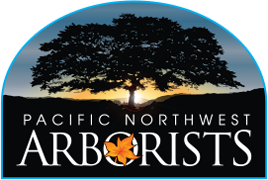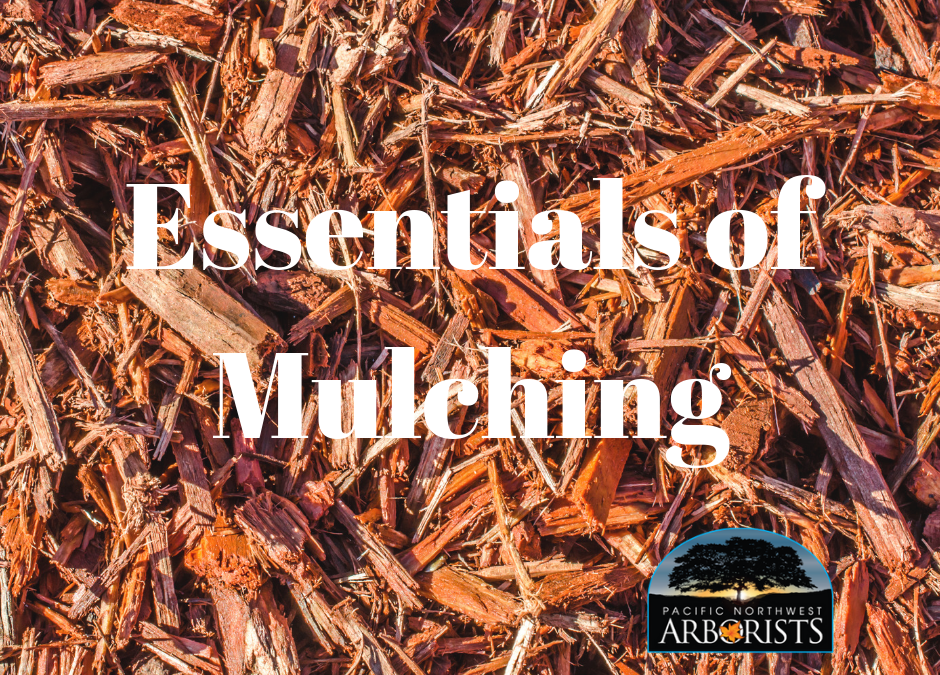Essentials of Mulch in your Yard
Incorporating mulch to your yard is not only a great way to make it look finely manicured, but it is also an inexpensive project to take on. Applying mulch will make the maintenance of your yard a lot easier with these benefits:
● Insulates the soil, helping to provide a buffer from heat and cold.
● Retains water to help the roots stay moist.
● Keeps weeds out to avoid root competition.
● Prevents soil compaction.
● Reduces lawn mower damage.
Types of Mulch
Mulch is a natural material made from bark, leaves, or compost, and used to cover soil. Organic mulch is any type of natural substance that decomposes over time such as bark, wood chips, or pine needles.
There are multiple types of mulch, including colors and plant nutrient options that will meet your specific needs and preferences.
If you are interested in DIY mulch, running a cut down tree or bush through a wood chipper and using that material is a great option. Tree services will also deliver truck loads of wood chips if you don’t have the ability to use or cut your own trees.
One of the more popular options is to purchase packaged mulch from stores. However, mulching from your own native brush may take better to your yard.
If you’re looking for the most inexpensive option, you can always use yard scraps and old leaves.
Know Where You’re Putting Your Mulch
Before purchasing any mulch, it’s imperative to decide where you will be applying the mulch. Determine if you want it to be the whole yard, around trees, against the house in a flower bed, etc.
In addition to locating the areas where the mulch will go, and what mulch you’re going to use, you’ll also want to choose how you’re going to line the mulch.
Lining your mulch helps separate it from other areas such as grass or pavement. Stones, bricks, or cement blocks are common choices for lining mulch. As a result, it not only spruces up your mulched area, but adds a decorative touch to your lawn as well.
How Much Mulch Do You Need?
To determine how much mulch you’ll need, you will need to decide what areas will be covered. First, measure the square footage of the area. Measure square and rectangular beds, W x L, and for round areas, multiply the radius (distance from the middle to the edge of the bed) by itself. Next, multiply the total by 3.14.
Mulch is sold by the cubic yard; therefore, one cubic yard of mulch covers a 324-square-foot area up to an inch deep.
USE THIS FORMULA: square footage x desired depth / 324.
Applying Mulch
Applying mulch is simple, but it can be time consuming. You’ll want to make sure you have the right tools to make the project go by without any issues.
TOOLS YOU’LL NEED:
- gardening gloves
- wheelbarrow
- shovel
- pitchfork or garden hoe
If your lawn is prone to weeds, using landscaping fabric is a great option to stop any unwanted grass or weeds from sprouting up.
STEPS TO APPLYING MULCH
First, cut and lay the landscaping fabric down, just be sure to cut holes where your plants are located. This is great because it lowers the possibility of pulling weeds in the future.
Next, add up to three layers, or 3 inches, of mulch to completely cover the desired area. The thicker the mulch is, the longer it takes for grass and weeds to come through. Be sure to fully cover any plant stems with mulch, this will help protect the plants from disease and damage.
And thats it!
Mulch typically needs to be replaced annually for fine or shredded types, or every two to three years for tougher options like bark chips.

